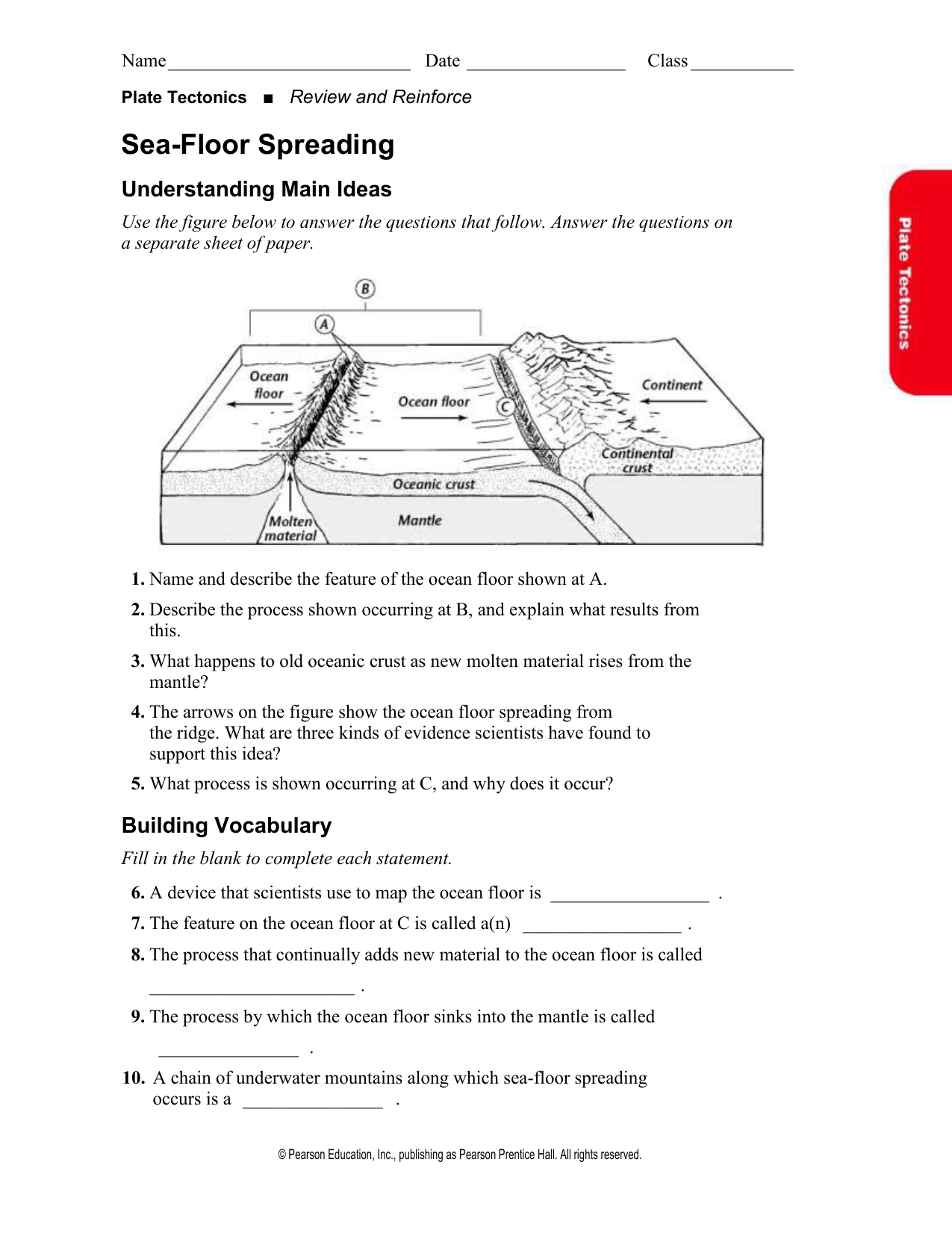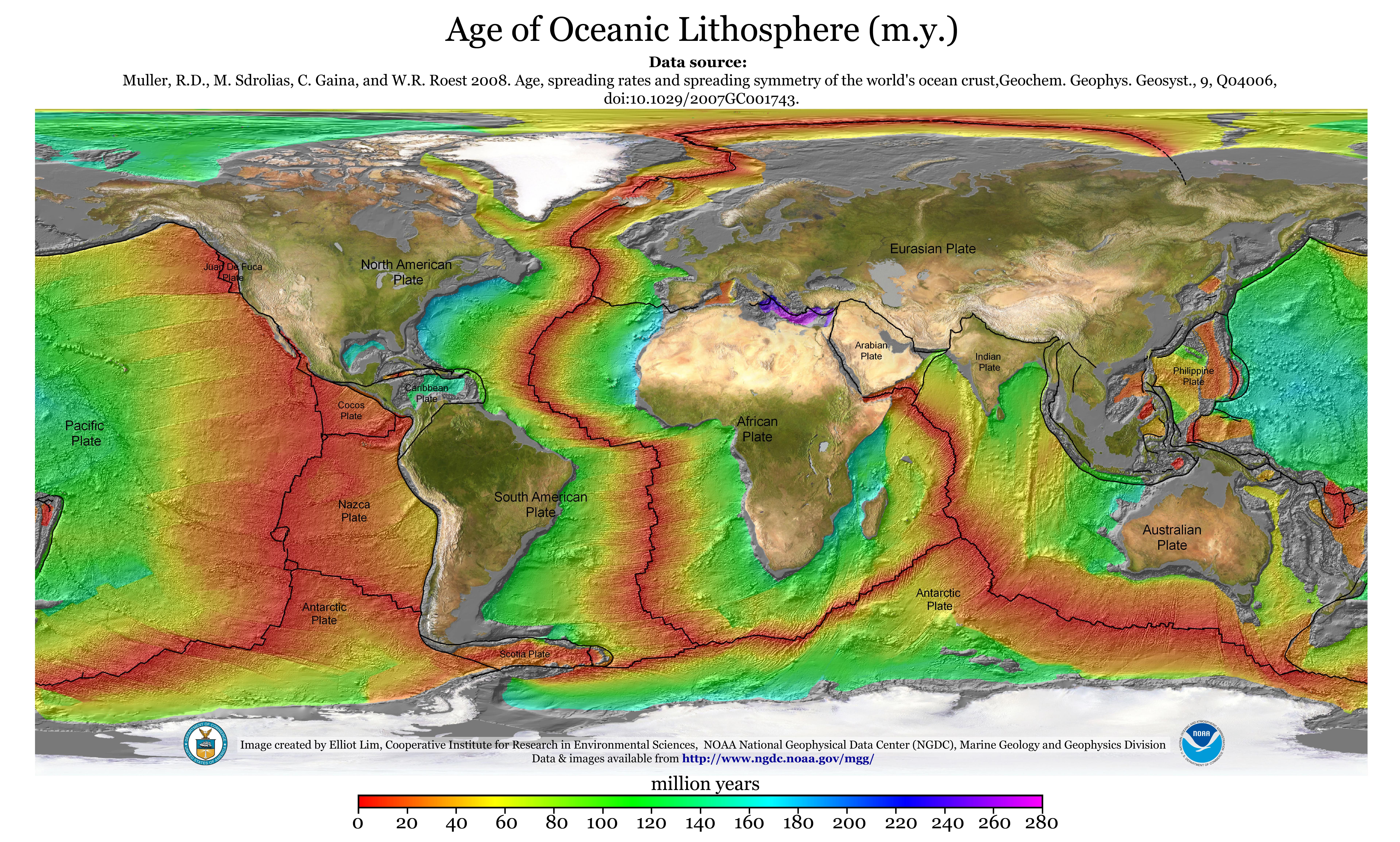Seafloor spreading occurs along mid ocean ridges large mountain ranges rising from the ocean floor.
Sea floor spreading is the tectonic process that occurs a.
This idea played a pivotal role in the development of the theory of plate tectonics which revolutionized geologic thought during the last quarter of the 20th century.
The motivating force for seafloor spreading ridges is tectonic plate slab pull at subduction zones rather than magma pressure although there is typically.
Subduction and sea floor spreading are processes that could alter the size and form of the ocean.
For instance the atlantic ocean is believed to be expanding because of its few trenches.
When oceanic plates diverge tensional stress causes fractures to occur in the lithosphere.
These age data also allow the rate of seafloor spreading to be determined and they show that rates.
Seafloor spreading helps to explain continental drift in the theory of plate tectonics.
Seafloor spreading is a process that occurs at mid ocean ridges where new oceanic crust is formed through volcanic activity and then gradually moves away from the ridge.
Seafloor spreading theory that oceanic crust forms along submarine mountain zones and spreads out laterally away from them.
When oceanic plates diverge tensional stress causes fractures to occur in the lithosphere.
Seafloor spreading is credited for the formation of the red sea as a result of the movement of the arabian and african tectonic plates away from each other.
The mid atlantic ridge for instance separates the north american plate from the eurasian plate and the south american plate from the african plate the east pacific rise is a mid ocean ridge that runs through the eastern pacific ocean and separates the pacific plate from the north american.
Seafloor spreading helps explain continental drift in the theory of plate tectonics.











.PNG)















